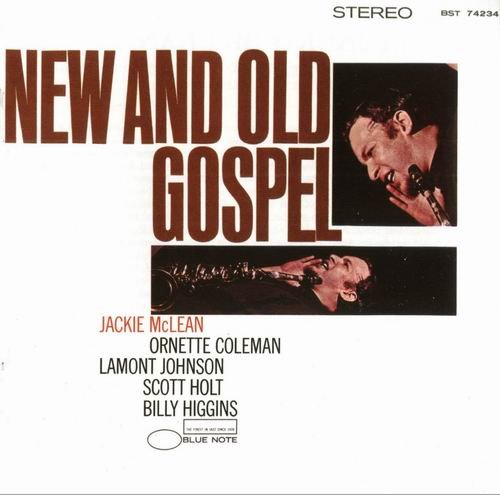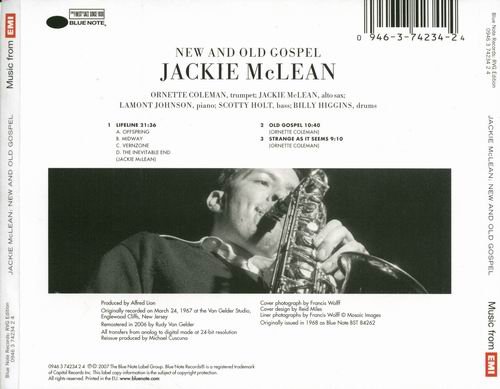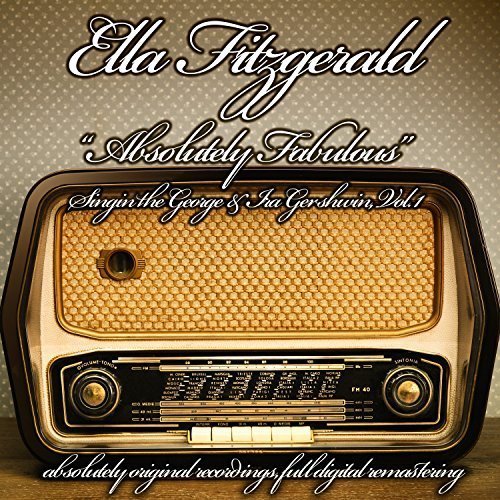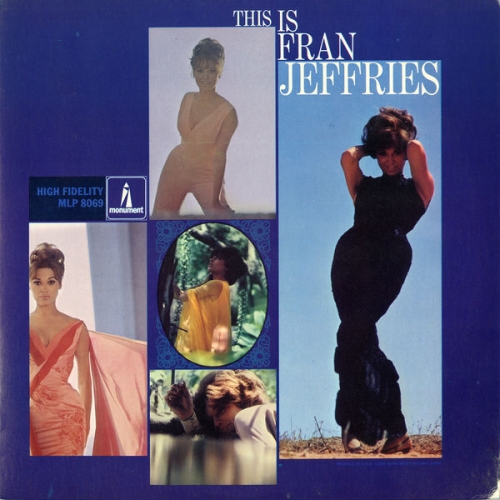Jackie McLean - New and Old Gospel (1967)

Artist: Jackie McLean
Title: New and Old Gospel
Year Of Release: 2007
Label: Blue Note[0946 3 74234 2 4]
Genre: Jazz, Free Jazz, Post Bop
Quality: FLAC (tracks + .cue,log,scans) | MP3/320 kbps
Total Time: 41:32
Total Size: 267 MB(+3%) | 98 MB(+3%)
WebSite: Album Preview
TracklistTitle: New and Old Gospel
Year Of Release: 2007
Label: Blue Note[0946 3 74234 2 4]
Genre: Jazz, Free Jazz, Post Bop
Quality: FLAC (tracks + .cue,log,scans) | MP3/320 kbps
Total Time: 41:32
Total Size: 267 MB(+3%) | 98 MB(+3%)
WebSite: Album Preview
1.Lifeline Medley: Offering/Midway/Vernzone/The Inevitable End - 21:40
2.Old Gospel - 10:42
3.Strange as It Seems - 9:10

personnel :
Jackie McLean - alto saxophone
Ornette Coleman - trumpet
LaMont Johnson - piano
Scott Holt - bass
Billy Higgins - drums
This 1967 session is notable for the presence of Ornette Coleman in the role of sideman, on trumpet no less. There are only three tunes on New and Old Gospel, one side-long piece by McLean, a four-part suite entitled "Lifeline," and two works by Coleman, including the title track and "Strange As It Seems." As a trumpet player, Coleman understands the psychology of McLean's playing and composing, in that they both come directly from the blues and it haunts everything they do. The other players on the session that make up the rhythm section -- drummer Billy Higgins, pianist Lamont Johnson and Scott Holt on bass -- understand this implicitly. No matter how knotty or abstract things get, they can dance back into the blues pocket and haul it all out again. Not that they have to, because, as is evidenced here, especially in the unbelievably complex intervallic world on "Lifeline," the front-line players know exactly where they are; they intersect across harmony and melody lines throughout and meet on a dime to offer a series of tonally challenging phrases and held notes that put one theme to bed and bring another one into play. The melodic interplay here is just stellar; it follows no convention or structure other than a blues feeling, and yet swings so wonderfully hard. On the title track, the most joyous thing on the disc, Ornette uses a simple rhythmic device that is found in round singing in Pentecostal churches and Johnson takes the ostinato and lets it rip, swinging up and down the aisle, as McLean and Coleman take the front line and move all over the scale (in C) and create a stomping, wailing, roaring work that is all stomping harmonic fury and no slack out excesses. The session ends on a glorious moody note, with McLean playing a melody and Coleman using his trumpet to play counterpoint by juxtaposing a free tempo against the rigid time signature of the bluesy lyric. In the solos both men switch places, and when the turnaround happens it's Holt who signals it and brings everyone home at the same time. This is one legendary Blue Note date that isn't mentioned often enough in that label's great history.~Thom Jurek






![Bárbara Callejas & Giovanni Cultrera - Sesiones En Vivo Quinteto (2025) [Hi-Res] Bárbara Callejas & Giovanni Cultrera - Sesiones En Vivo Quinteto (2025) [Hi-Res]](https://www.dibpic.com/uploads/posts/2025-12/1766740203_dh7dkl6rvri9t_600.jpg)
![Nigel Price & Alban Claret with Mikele Montolli & Matt Fishwick - Entente Cordiale (2023) [Hi-Res] Nigel Price & Alban Claret with Mikele Montolli & Matt Fishwick - Entente Cordiale (2023) [Hi-Res]](https://www.dibpic.com/uploads/posts/2025-12/1766795538_hf8ta0jsdmh8b_600.jpg)
